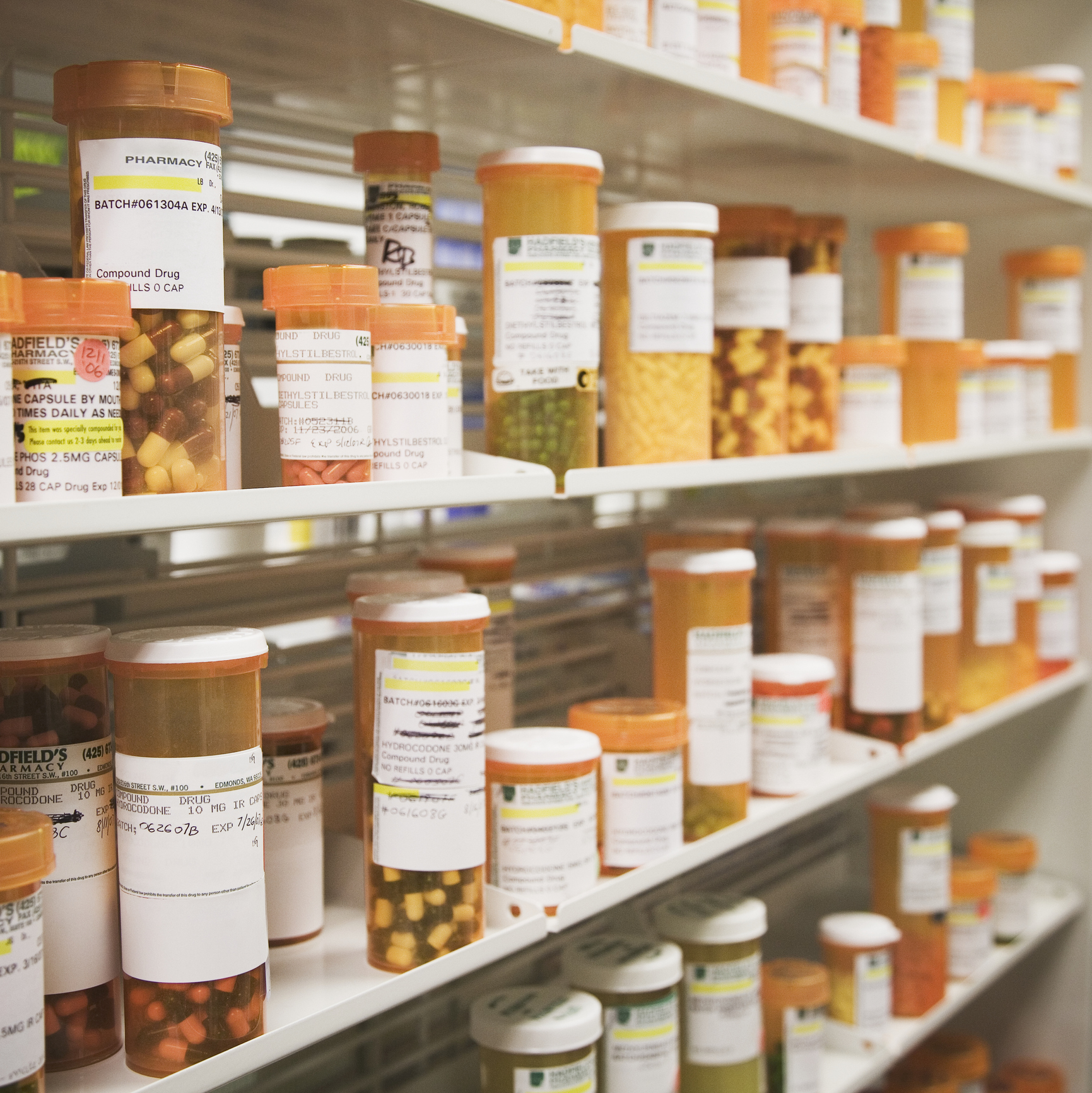 Let's face it, prices aren't getting any lower these days, especially when it comes to prescription drugs. If you have any prescriptions, here are a few ways we've found to help you save more than a few dollars this year.
Let's face it, prices aren't getting any lower these days, especially when it comes to prescription drugs. If you have any prescriptions, here are a few ways we've found to help you save more than a few dollars this year.
1. Compare Prices Using an App
There are several websites and mobile applications that can help you find the best price available for a prescription drug.
One of the most widely used is GoodRx, which allows you to comparison shop and get coupons toward medications. GoodRx collects and compares prices and discounts that you didn’t know existed from more than 70,000 U.S. pharmacies, including CVS, Rite Aid, and Walgreens. It allows you to print free discounted coupons or send them to your phone by email or text message. You can then use a GoodRx discount instead of your health insurance or Medicare Part D or Advantage plan if the cost is lower than your copay.
When you go to GoodRx.com, they will ask for the name of the drug, the dosage, the number of pills, and your zip code. Click the “Find the Lowest Price” button. You will see what you might pay at different chain pharmacies with a GoodRx discount coupon or voucher. You can then print or download the generated coupons and vouchers to your smartphone and show your pharmacist to get savings on your drug purchase.
Similarly, Blink Health lets users browse local prices by simply searching for a prescription drug’s name. It also offers the option of having your medication delivered or ready for pickup. Another online and mobile service is OneRx, which lists drug prices in your area and offers discounts to consumers using the OneRx card.
RetailMeNot Rx Saver is a popular and easy-to-use app and program. Here you can search for prices on brand-name and generic drugs. These coupons can be used an unlimited number of times at retail pharmacies such as Walgreens and CVS.
Other websites and mobile apps that offer drug coupons and rebates include ScriptSave WellRx, Easy Drug Card, and Search Rx.
2. Join Your Pharmacy’s Prescription Club
Memberships have privileges right? And Pharmacy memberships are no different. You can find in-store pharmacy prescription clubs at many drugstores. These money-saving programs can lower drug and supply prices.
Also, the in-store programs provide up to 85 percent savings on thousands of prescriptions, including commonly prescribed generic medications for heart health, diabetes, asthma, mental health issues, women's health, gastrointestinal health, and other conditions.
While these savings clubs are not health insurance, they can save you money at the pharmacy.
In-store pharmacies at retailers like Walgreens, CVS, and...
... Kmart also offers prescription clubs.
3. Talk To Your Doctor (for real)
We saved the best for last! That's right, use your doctor as a resource. Be vocal with your doctor about any financial issues you may have, and be sure to try one or more of the following five things at your next office visit:
- Ask your doctor for free samples or coupons. Doctors usually have samples and coupons given to them by drug reps. It doesn’t hurt to try a free sample pack before filling a pricey prescription to make sure this drug will work for you.
- Ask your doctor for a 90-day supply. This gives you one copay every three months instead of one every month.
- Ask about mail order. If your drug plan has a mail-order option, you may be able to get the 90-day supply of medications at an even lower cost.
- Ask about pill-splitting. Your doctor can prescribe a higher dose of medicine at the same price as the lower dose. You can split the drug in half or fourths to save. Scored pills are easier to split, but use a pill splitter (usually between $3 and $9 at most pharmacies) to avoid crushing the medication.
- Ask for an exception. If you and your doctor can’t find an affordable option together, speak with your insurer about making a formulary exception and providing coverage for your drug. The formulary is a list of prescription drugs covered by a prescription drug plan or another insurance plan offering prescription drug benefits. (12,13) Your doctor will most likely need to submit a supporting statement, detailing that your drug is medically necessary and that any alternatives would have an adverse effect.
Be sure to be open and persistent. If your insurer denies your request for an exception, file an appeal. This requires that you work with your doctor to submit an application or letter of appeal.




